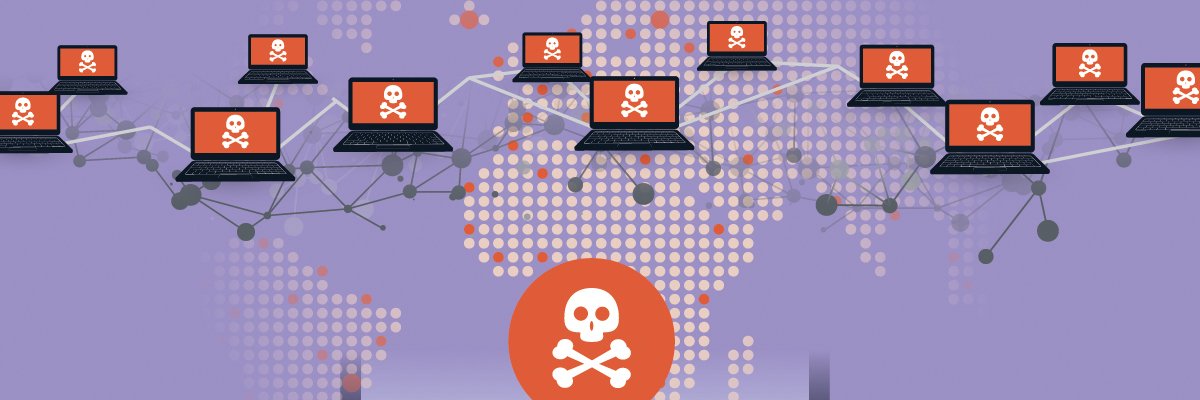Headline: Urgent Microsoft Patch Tuesday: Two Zero-Days and Critical Exchange Updates
In November’s Patch Tuesday, Microsoft’s critical updates are at the forefront, with IT admins warned to act swiftly on two severe Windows zero-days. Additionally, organizations leveraging on-premises Exchange Server must prioritize patching to mitigate a significant spoofing vulnerability affecting email handling. This month’s release includes fixes for 88 vulnerabilities, four labeled as critical, paving the way for enterprises to strengthen their defenses against emerging threats.
Key Vulnerabilities on Microsoft’s Radar
November’s security updates come with a pressing need for immediate action. Among the vulnerabilities identified, two zero-days stand out:
-
CVE-2024-49039 – This zero-day in the Windows Task Scheduler holds a CVSS rating of 8.8, emphasizing its importance. It affects Windows 10 and all later versions, including the recently released Windows Server 2025. The flaw presents an elevation-of-privilege vulnerability, allowing unauthorized users to manipulate system operations.
- CVE-2024-43451 – Another serious zero-day, this NTLM Hash Disclosure vulnerability carries a CVSS rating of 6.5. Affecting all Windows versions dating back to Server 2008, it enables attackers to disclose NTLMv2 hashes for domain authentication, potentially granting elevated privileges to malicious entities.
Chris Goettl, vice president of security product management at Ivanti, highlights the precarious situation many organizations find themselves in due to the trend of granting wider administrative rights during the COVID-19 pandemic. "When users were no longer on the network, they had less access to support. To mitigate this, many companies increased privileges," explained Goettl. This shift has left these organizations vulnerable to exploitation.
Microsoft Addresses Publicly Disclosed Vulnerabilities
Apart from the zero-days, Microsoft has addressed several publicly disclosed vulnerabilities, including:
-
CVE-2024-49019 – An elevation-of-privilege flaw within Active Directory Certificate Services, rated important with a CVSS score of 7.8. Exploitation of this vulnerability could provide attackers with domain admin privileges and affects all Windows Server versions from 2008 onward. Mitigation strategies from Microsoft involve manual actions, such as securing certificate templates and removing excessive permissions.
- CVE-2024-49040 – This spoofing vulnerability in Microsoft Exchange Server affects systems handling non-compliant email headers, allowing phishing attempts. Rated important with a CVSS score of 7.5, unpatched Exchange systems remain at risk, with exploit code already available that affects Exchange Server 2016 and 2019.
Goettl expressed concern over user interaction with email warnings: "Even with warning banners on potentially dangerous emails, curiosity drives users to click. This impulsive behavior fuels a thriving phishing ecosystem."
Other Security Updates of Note
Beyond these vulnerabilities, Microsoft has noted significant updates related to OpenSSL, an open-source cryptographic library integrated into various products, including Defender for Endpoint on iOS and Android. Notably, the flaw (CVE-2024-5535) is exploited through malicious emails, evidenced by its substantial CVSS rating of 9.1, though it’s categorized as important.
Additionally, a significant portion of November’s updates—31 CVEs—was specifically targeted at SQL Server. Many of these vulnerabilities exploited a connection driver flaw that could trick users into connecting to malicious SQL Server databases.
Windows Server 2025: An Unanticipated Upgrade Dilemma
Adding to the complexity faced by IT admins, Microsoft has recently made Windows Server 2025 generally available. Unexpectedly, reports have surfaced of automatic upgrades from the 2019 and 2022 versions. The subsequent lack of a rollback option creates additional burdens for sysadmins who had not prepared adequate backups, leaving them in a position to either recreate workloads or purchase new licenses for Windows Server 2025.
Microsoft clarified that this issue primarily impacts organizations reliant on third-party applications for system management, advising affected users to reflect on their management tools.
Engage and Share Your Thoughts
As October’s Patch Tuesday unfolds, the urgency for IT departments to stay ahead of vulnerabilities has never been more critical. What are your thoughts on Microsoft’s security patching strategy? Have you experienced any challenges with automatic upgrades? Share your insights and experiences in the comments below, and stay informed for future updates to navigate this evolving landscape effectively!
For more information on this month’s updates and additional context, be sure to explore TechCrunch, The Verge, and Wired.
In keeping with journalistic ethics and standards, all information presented has been verified for accuracy, and quotes attributed appropriately to their sources.

